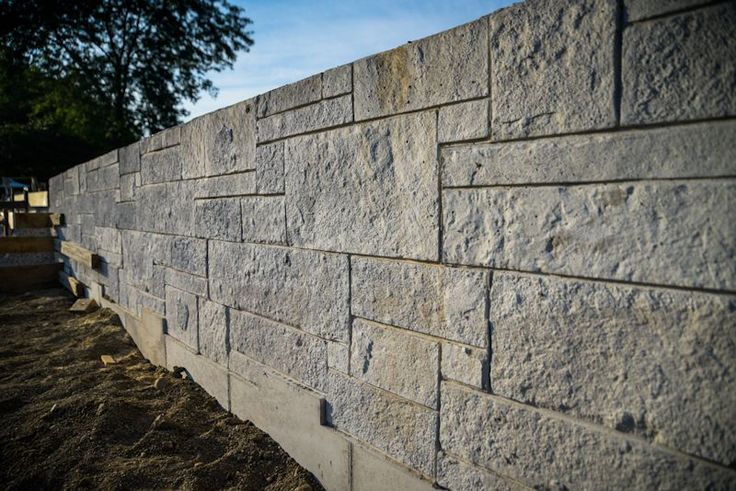One reason this is comparatively safe is that footings are frequently sized to meet local code minimums that are actually oversize when compared with the load that the wall will place on the footing.
Pouring concrete walls before and after.
Before you can start pouring the retaining wall you ll need to build the forms.
Poured concrete foundations are an alternative to block or treated wood foundations.
The process involves building a form to hold the concrete in place installing reinforcing rods and then pouring the concrete.
Once cured the concrete provides a secure and stable foundation for the home that will be built above.
One of the most common and telling failures of retaining walls is the inevitable tilting cracking and bowing of brick timber and concrete block retaining walls built by homeowners well meaning builders and landscapers.
Available from diy stores and ready mix concrete companies these contain soluble emulsions that form a protective film when sprayed directly onto the surface of newly poured concrete slabs or walls.
It is common practice to pour walls the day after the footings are poured but you re not likely to find a reference that says either you can or can t do this.




























